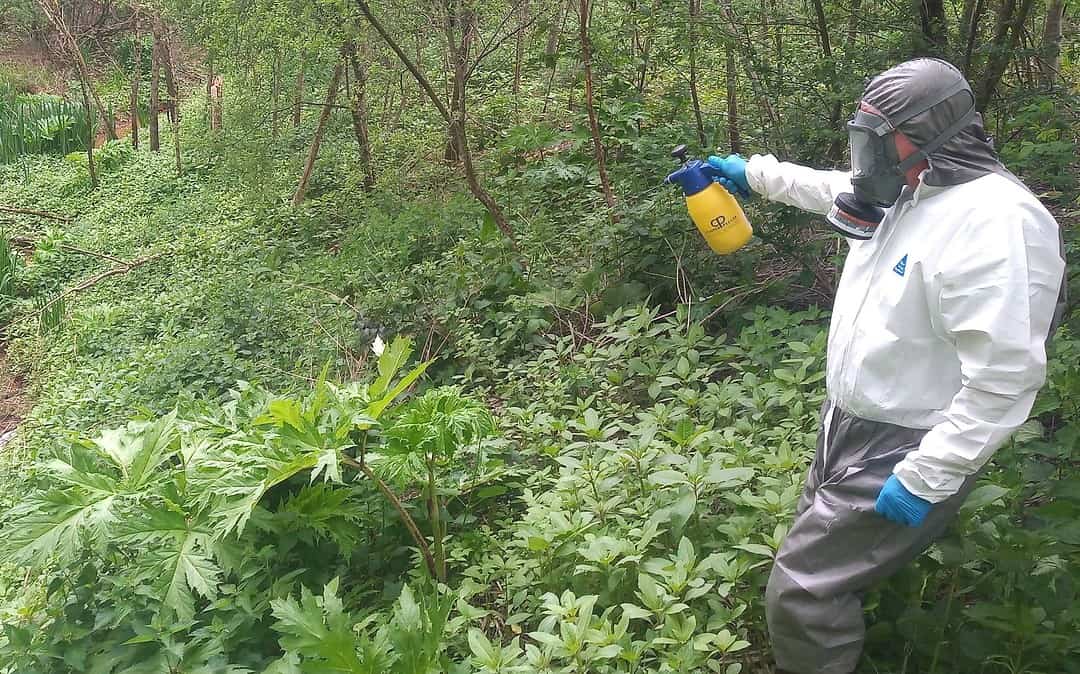Giant Hogweed vs. Common Hogweed: Spotting the Differences
Learn how to spot the differences between Giant Hogweed and Common Hogweed with this comprehensive guide. Knowing the key differences can help prevent harm to yourself and the environment. Stay safe by wearing protective gear and avoiding direct contact. Read more now
Giant Hogweed and Common Hogweed are often mistaken for each other due to their similar appearance, but they have some key differences that set them apart. Knowing how to identify these differences is crucial for preventing harm to yourself and the environment. In this guide, we will discuss the differences between Giant Hogweed and Common Hogweed.
The first difference between Giant Hogweed and Common Hogweed is their size. Giant Hogweed can grow up to 14 feet tall, while Common Hogweed usually only grows up to 6 feet tall. This makes Giant Hogweed much larger and more imposing.
The second difference is the appearance of their stems. Giant Hogweed has a thick, sturdy stem that is covered in reddish-purple spots and coarse white hairs. Common Hogweed, on the other hand, has a thinner stem that is green with fine hairs.
The third difference is in the shape and size of their leaves. Giant Hogweed has leaves that can grow up to 5 feet wide, while Common Hogweed has leaves that only grow up to 3 feet wide. Additionally, Giant Hogweed leaves have a rounded, lobed shape, while Common Hogweed leaves are more elongated and narrow.
Finally, the flowers of Giant Hogweed and Common Hogweed have some noticeable differences. Giant Hogweed has large, white flowers that grow in umbrella-like clusters that can be up to 2.5 feet wide. Common Hogweed, on the other hand, has smaller, white or pink flowers that grow in smaller clusters.
In conclusion, while Giant Hogweed and Common Hogweed may look similar, they have some key differences that set them apart. Knowing how to identify these differences is crucial for preventing harm to yourself and the environment. Remember to wear protective gear when dealing with either plant, and if you are unsure about what type of plant you are dealing with, it is best to err on the side of caution and avoid direct contact.
